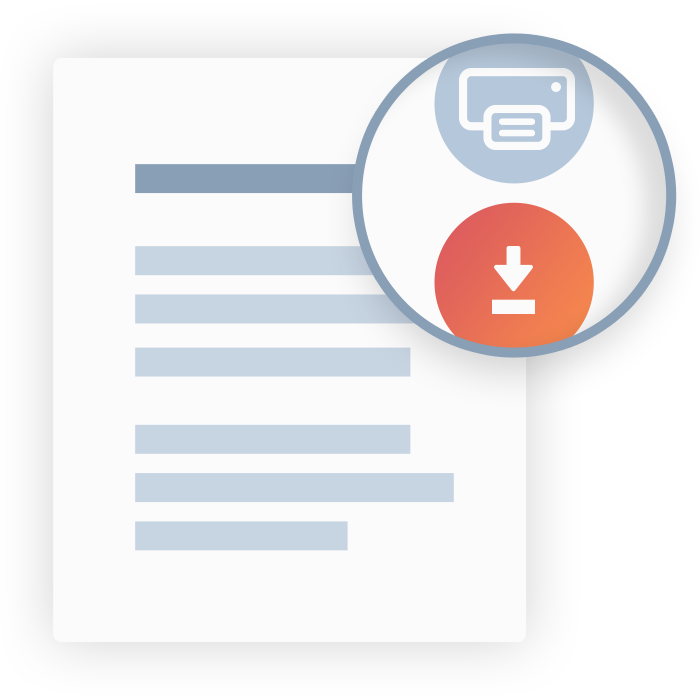


A landlord or a property manager ensures that a rental property meets living standards like running water, active ventilation, electricity, and heating. This extends to the disclosure of toxic materials such as asbestos, lead, or insect infestation.
Additionally, if there is a past or present mold, the landlord should disclose this information with a Mold Addendum to Lease.
The Mold Addendum to Lease is a standard addition to a lease agreement. In California, Montana, and Virginia, a landlord is required by law to disclose any knowledge about the presence of mold. In some states, landlords include the Mold Addendum to Lease as a form of informational requirement. Tenants are to be informed about the potential hazards in a rental property and possible health consequences in the event of a mold infestation.
The Mold Addendum to Lease also serves as a reminder to tenants to do all they can to prevent mold from developing in the rental property.
Depending on your state, a Mold Addendum to Lease may also be known as:
The Mold Addendum to Lease is a necessary document for a landlord who owns a residential rental property susceptible to mold and mildew. In any event, some states require general information about mold to be distributed to tenants when signing the lease agreement. The landlord must disclose any existing mold infestation in a Mold Addendum to Lease.
Create your own documents by answering our easy-to-understand questionnaires to get exactly what you need out of your Mold Addendum to Lease.
Laws vary by location. Each document on 360 Legal Forms is customized for your state.
All you have to do is fill out a simple questionnaire, print, and sign. No printer? No worries. You and other parties can even sign online.
The Mold Addendum to Lease provides crucial information about the living conditions of a residential rental property.
Let 360 Legal Forms help with our extensive library of attorney-vetted legal forms. The process is fast and easy. All you have to do is fill out our easy-to-understand questionnaire. Once complete, simply download your form as a PDF or Word document from your secure online account.
To create your document, please provide:
The Mold Addendum to Lease requires both the landlord's and the tenant's signature, but notarization or filing with any government body is not required.
After generating your Mold Addendum to Lease on 360 Legal Forms, you should download and print a copy for both the landlord and tenant to sign. After that, it is to be added to the Lease Agreement.
Having been informed of his or her responsibilities pertaining to the prevention of mold growth, a tenant is obligated to comply. In most cases, the addendum will specify what will happen if mold or mildew develops due to tenant negligence. Most likely, the tenant may have to pay for mold removal and it may be cause for the landlord to terminate the lease agreement before its expiry.
Mold is always present in the air and can grow uncontrolled when the conditions are right. Be that as it may, the climate in Texas, Florida, Oklahoma, South Carolina, and Nevada is most conducive to mold growth. At the other end of the spectrum are West Virginia, Alabama, Minnesota, Massachusetts, and Wisconsin.
Many landlords will go out of their way to give as much mold information as possible in an effort to prevent its occurrence as mold removal can be costly. Effective measures include regular cleaning, non-excess moisture, and not hanging clothes to dry indoor. Furthermore, it can be good practice to turn on the ceiling fans when occupied and to leave bathroom doors open after use. Of course, it would be desirable for a tenant to inform the landlord at the first sighting of mold growth.
Said landlord could be liable for personal injury damages. If the tenant is to develops a health condition related to the presence of mold, they may be able to take the landlord to civil court.
Having to sign the Mold Addendum to Lease when moving into a new residence can be confusing. Unless the landlord discloses otherwise, there is no reason to fear that a mold infestation is in the offing. The addendum is often included only as a prevention or security measure for the landlord in the event of mold growth.
Our exhaustive library of documents covers your personal, business, and real estate needs with all of your DIY legal forms.
Create professional documents for thousands of purposes.
Make unlimited documents and revisions. Sign online in seconds.
Our documents are vetted by lawyers and are applicable to all 50 states.